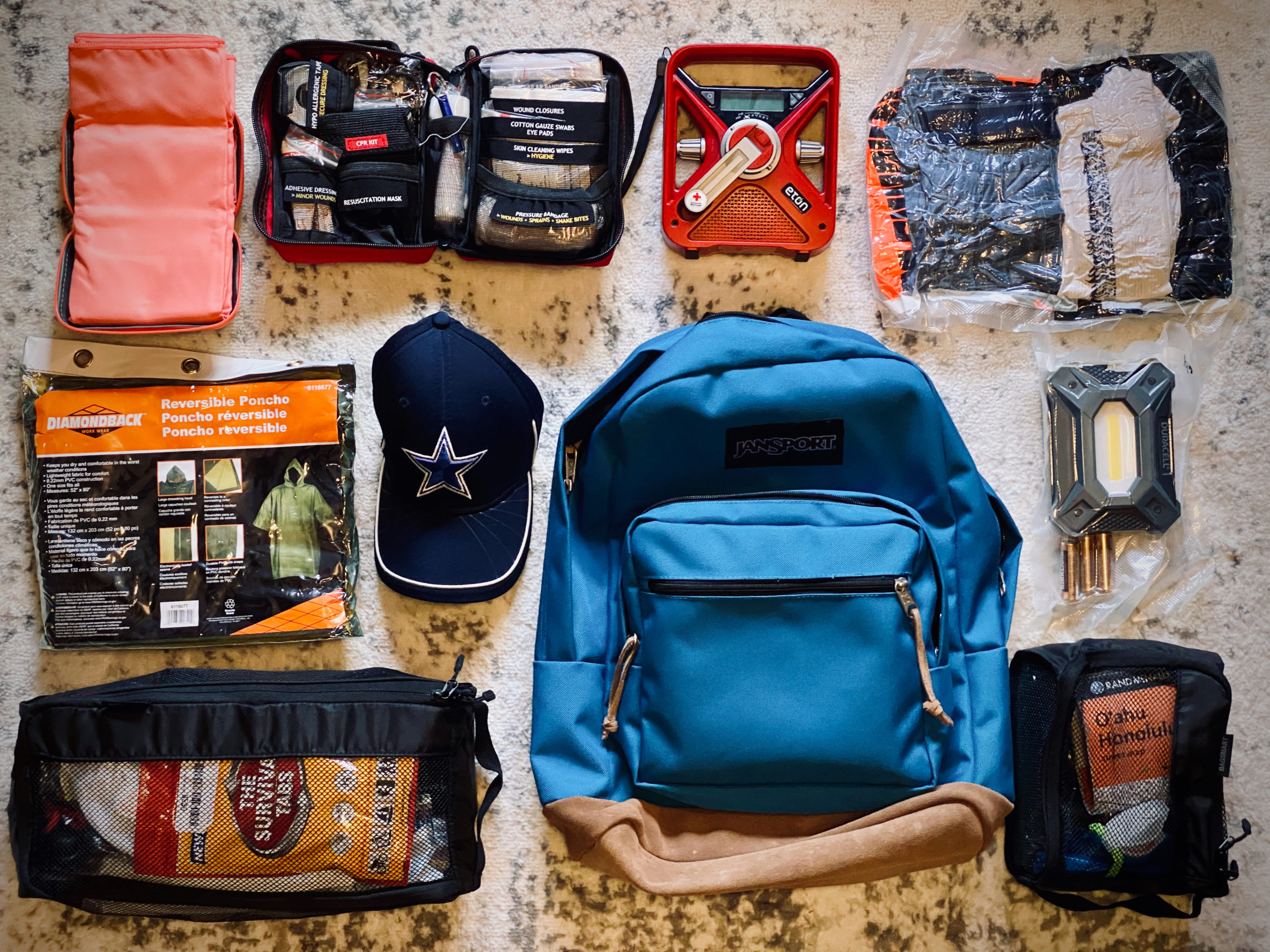
Are you prepared?
Don’t wait for the hurricane alerts! Follow these precautions now to ensure the safety of your family and home!
While some natural disasters are infrequent (like tornadoes), Hawaii is geographically positioned to be high-risk for Pacific hurricanes. From June 1st to November 30th, our risk becomes even greater as we enter “hurricane season.” And while NOAA is predicting a lower-than-normal hurrican season, it’s still important to make sure you are prepared if a storm should hit. Below are some guidelines and resources you can use to get yourself ready this year!
Prepare your disaster kit
Here is a basic disaster kit that you can quickly put together. Checkout ready.gov/kit for an extensive kit, along with a printable PDF version to download.
- Water (one gallon per person per day for several days, for drinking and sanitation)
- Food (at least a several-day supply of non-perishable food)
- Battery-powered or hand crank radio and a NOAA Weather Radio with tone alert
- Flashlight
- First aid kit
- Extra batteries
- Whistle (to signal for help)
- Dust mask (to help filter contaminated air)
- Plastic sheeting and duct tape (to shelter in place)
- Moist towelettes, garbage bags and plastic ties (for personal sanitation)
- Wrench or pliers (to turn off utilities)
- Manual can opener (for food)
- Local maps
- Cell phone with chargers and a backup battery
- N95 or KN95 masks (added under current pandemic)
Know your evacuation options
Not everyone will need to evacuate, but here are the recommendations from our City & County’s Department of Emergency Management (DEM).
Prepare your home and yard
Whether before, during, or after a disaster, your home may present risks and rewards towards your safety. Here are couple tips to help you understand how safe your home is and will be!
- “Harden” your home to prepare it before a hurricane arrives. The C&C DEM has a full list of ways you can make your home safer.
- If a hurricane is coming, there are also several ways you can prepare your home and yard.
- Take some time to trim and store weak or dead branches.
- Store lawn furniture, trash can, and other outdoor objects securely.
- Clean your gutters and make sure all downspouts flow easily.
- Close all windows and doors during high winds. Doing so will create different pressure zones within the house, making it harder for winds to blow through your home.
- Adding hurricane shutters or plywood to your windows can protect these otherwise weak points of entry during high winds.
- Do not tape your glass windows. It’s outdated advice that could cause more harm than good.
Review your important documents and make sure everything is stored in a safe and easily-accessible place
Make sure your insurance policies and personal documents, such as ID, are up to date. You should have two copies readily available, one physically that is stored somewhere easily accessible, as well as one digitally in a password-protected space.
You should also take a moment to review your hurricane insurance coverage to make sure you understand what is and isn’t covered. Policies can be complicated or change from year-to-year, and it’s best to understand how you’ll be covered before something happens.
Make a plan before you need to use it
There are many reasons to make a plan, but the best reasons are so you know what to do beforehand and how to respond afterwards. Start with these five basic questions from ready.gov:
- How will I receive emergency alerts and warnings?
- What is my shelter plan?
- What is my evacuation route?
- What is my family/household communication plan?
- Do I need to update my emergency preparedness kit?

In closing, I hope we never need to use any of the tools outlined above. However, I firmly believe that having a prepared plan is better than an unprepared reaction. Take some time to go over all the information, stay informed with ready.gov, NOAA Central Pacific Hurricane Center, and the C&C of Honolulu DEM and you’ll have a much higher chance of keeping your family and home safe this season!
Good luck out there!
Nick
Leave a Reply